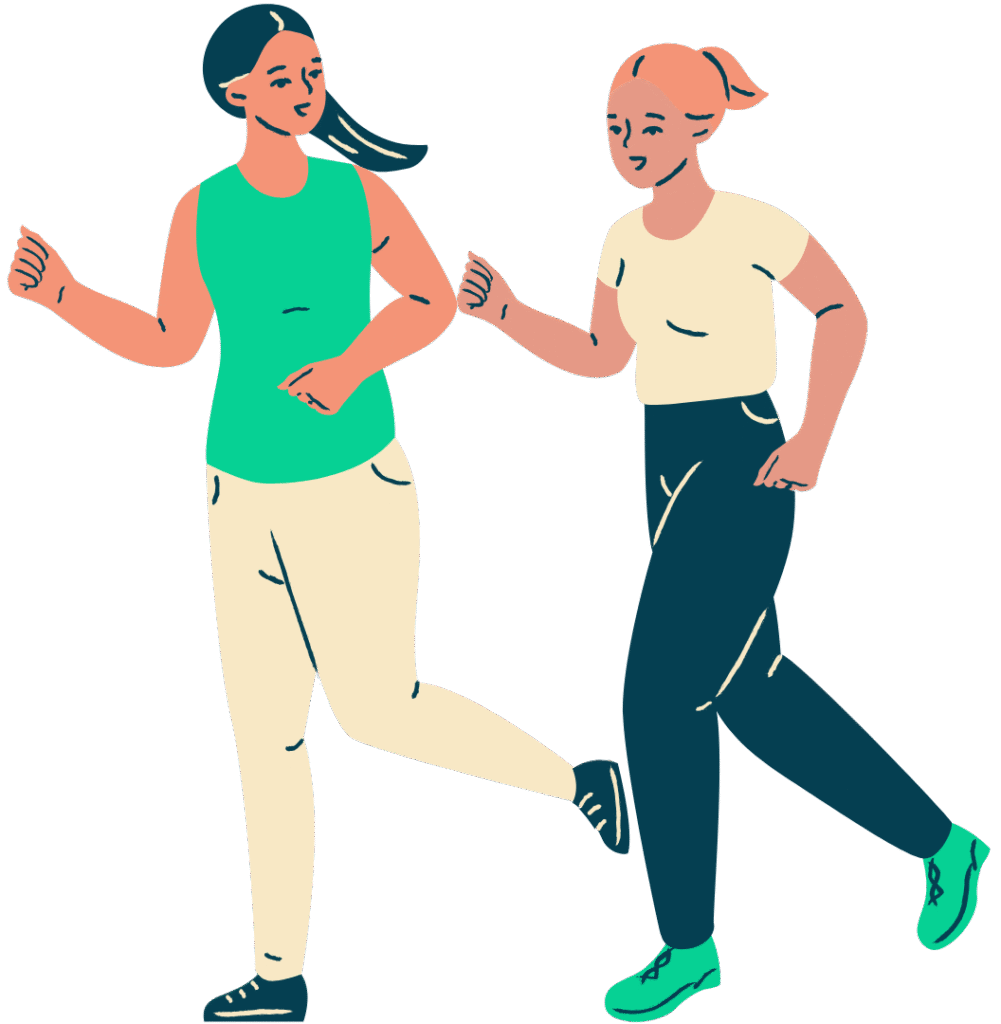Functional training isn’t just the latest gym fad—it’s a practical revolution that quietly transforms how we handle everyday tasks, from carrying groceries to climbing stairs, and it’s rooted in centuries-old wisdom that’s finally getting its due.
Story Snapshot
- Functional training uses real-life movement patterns to improve daily activities and prevent injuries.
- This fitness approach evolved from ancient medical practices and modern rehabilitation science.
- Physical therapists, trainers, and everyday people drive its adoption and innovation.
- Current trends include digital fitness integration and tailored routines for older adults.
Functional Training’s Roots: From Ancient Healers to Modern Science
Ancient Greece witnessed the birth of functional movement therapy, with Hippocrates and Galen prescribing exercises not for vanity, but to restore health and independence. Their movement-based protocols paved the way for Renaissance Europe’s medical thinkers, such as Girolamo Mercuriale, whose 1569 treatise is recognized as the first physical therapy manual. By the 18th and 19th centuries, orthopedic pioneers like Nicolas Andry advocated posture-correcting routines, setting the stage for today’s evidence-driven rehabilitation and fitness practices.
Throughout the 20th century, physical and occupational therapy adopted these principles. Practitioners shifted focus from isolated muscle work to holistic mobility and strength, championing routines that restore function after injury or surgery. By the late 1980s, the term “functional training” emerged in professional circles, and the concept migrated from rehab clinics into commercial gyms, spurred by the fitness industry’s embrace of injury prevention and whole-body wellness.
What Makes Functional Training Different?
Unlike traditional strength training, which targets specific muscles, functional training emphasizes coordinated, multi-joint movements that mirror those used in daily life. Exercises such as squats, lunges, push-pulls, and rotational actions engage the core, promote balance, and enhance joint stability. The result is a body better equipped for real-world challenges—lifting children, reaching high shelves, or navigating uneven terrain—with reduced risk of falls or strain.
Functional training’s adaptability is its greatest strength. Routines can be customized for any age or ability, making them suitable for elite athletes and seniors alike. Tools like kettlebells, resistance bands, and medicine balls add versatility, but the underlying philosophy remains: train movements, not muscles, for lasting everyday benefits.
Stakeholders Shaping the Future
Physical therapists and rehabilitation specialists remain at the forefront, using functional training to help patients regain independence after illness or injury. Fitness professionals and personal trainers apply these principles to improve athletic performance and everyday function for clients of all backgrounds. Academic institutions and medical organizations validate and refine protocols, while equipment manufacturers innovate new tools to support ever-evolving routines. End-users—people simply wanting to move better and live healthier—drive demand, influencing the industry’s direction and priorities.
Professional associations like the American Physical Therapy Association and influential trainers are key decision-makers, shaping best practices through research and advocacy. The interplay between medical authorities, commercial interests, and consumer needs ensures functional training remains dynamic—rooted in science, yet responsive to real-world results.
Current Trends and Industry Impact
Functional training’s rise has accelerated with digital fitness platforms and at-home workout programs, especially since gym closures of the early 2020s. There is a shift towards personalized protocols, using movement screens to tailor exercises for individual needs. Older adults and special populations see particular benefits, with routines designed to prevent falls and maintain mobility well into advanced age. Rehabilitation specialists increasingly advocate functional training as a primary intervention post-injury, citing research that supports its efficacy for balance, strength, and independence.
Economic and social impacts are substantial. Demand for functional fitness equipment and programming fuels industry growth, while a societal focus on preventive health and active aging reshapes public health priorities. Long-term, widespread adoption of functional training could reduce healthcare costs and foster greater independence among aging populations.
Expert Insights and Ongoing Debate
Experts agree: functional training bridges the gap between fitness and daily life. Its adaptability and relevance make it indispensable for rehabilitation, sports conditioning, and general health. However, some caution that not all exercises labeled “functional” deliver equal benefit. They advocate for context-specific, evidence-based programming, tailored to individual goals and limitations. Peer-reviewed journals and professional guidelines remain the gold standard for best practices, though debate continues over the optimal design and progression of functional routines.
The definition of “functional training” still varies among professionals, but the consensus is clear—focus on movements that matter, keep protocols individualized, and ground practice in research. Functional training isn’t just about building muscle; it’s about building the capacity to live well, move confidently, and meet life’s daily challenges head-on.
Sources:
BarBend: Functional Fitness History
Wikipedia: Functional Training
Biomechanics Education: The Evolution of Functional Training








